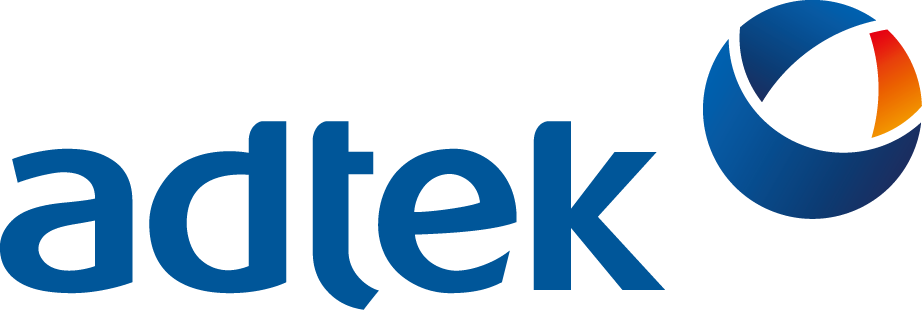Enabling Next-Generation Optical Circuit Switches with Fiber Shuffle and Micro-Optic Solutions
Enabling Next-Generation Optical Circuit Switches with Fiber Shuffle and Micro-Optic Solutions An Optical Circuit Switch (OCS) is a device that directly routes optical signals without converting them to electrical signals. Unlike traditional switches that handle data packets, an OCS creates a physical, dedicated light path between two points. These are increasingly important in the context of AI scale-up because they offer low latency and high bandwidth, which are crucial for the massive data transfers required for large language models and other
